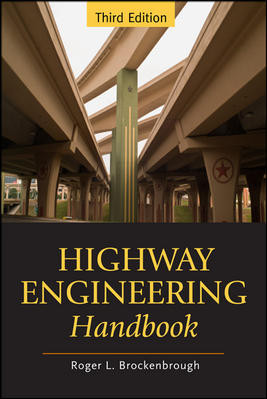There is movement in Congress on a long-term Federal Aviation Administration reauthorization and a stopgap to keep the agency’s programs going for a few more months. Time is pressing because FAA funds, including aid for new airport construction grants, are slated to lapse on March 31.
Senate Commerce, Science and Transportation Committee leaders on March 9 introduced an 18-month FAA measure that would hike funding for Airport Improvement Program (AIP) infrastructure grants, but it would leave untouched the current cap on passenger facility charges (PFCs), another key airport construction funding source. The committee cleared the bill on March 16, on a voice vote, after approving more than 50 amendments.
To avert a looming funding cutoff, House Transportation and Infrastructure Committee Chairman Bill Shuster (R-Pa.) put a stopgap on the table. That bill, which the House passed on March 14, would keep FAA running through July 15 and extend aviation user fees through March 31, 2017.
The Senate’s 18-month bill, sponsored by commerce committee Chairman John Thune (R-S.D.), has bipartisan support, including backing from the panel’s ranking Democrat, Bill Nelson (Fla.).
Compared with the Senate proposal, a long-term FAA bill that Shuster moved through committee on Feb. 11 is much longer, spanning six years. Its support also is more concentrated on the GOP side of the aisle. Rep. Peter DeFazio (Ore.), the House panel’s lead Democrat, opposed the bill, mainly because of a provision to spin off FAA air-traffic-control operations into a non-federal corporation. House appropriators from both parties also don’t like the air-traffic plan. House GOP leaders in late February put off, for the time being, a floor vote on Shuster’s measure. The Senate bill would keep air traffic control within FAA.
The construction industry’s major focus in the bills is AIP funding. The Thune-Nelson proposal would raise AIP aid in 2017 by $400 million, or 12%, to $3.75 billion. The House panel’s six-year bill has $22.7 billion for AIP, including $3.6 billion in 2017, up 7% from 2016’s $3.35-billion appropriation. The bill’s AIP level would rise to a bit less than $4 billion in 2022.
Airport groups are disappointed that the Senate bill freezes the PFC cap at the current $4.50, a level set in 2000; Shuster’s bill also leaves the ceiling there. Airports Council International-North America CEO Kevin Burke and American Association of Airport Executives CEO Todd Hauptli in a March 9 statement welcomed the Senate bill’s “modest” rise in AIP but said the measure is “a missed opportunity” on PFCs.
Steve Hall, American Council of Engineering Companies vice president for government affairs, says the Senate bill “has the least number of obstacles and controversy attached to it.” He adds, “If that is where Congress ends up in terms of [the] reauthorization process this year, it also provides Chairman Shuster with an additional window of time … to build support for his air-traffic-control reform idea.”
Story updated on March 16 with Senate committee's vote.




